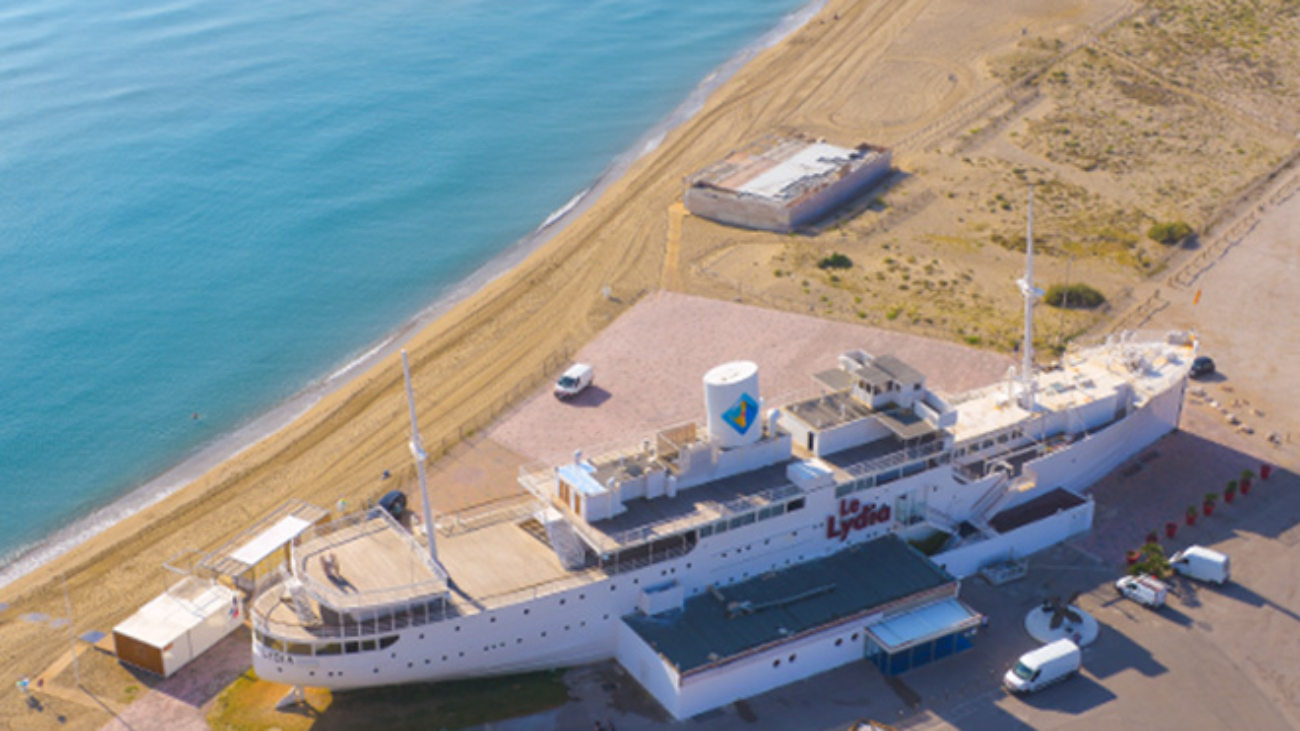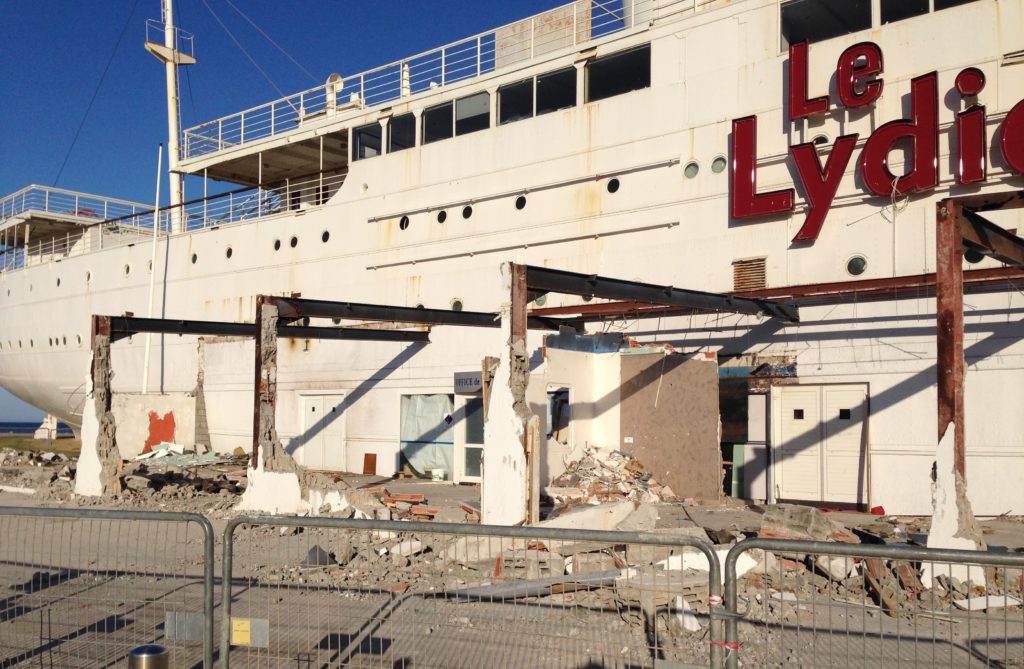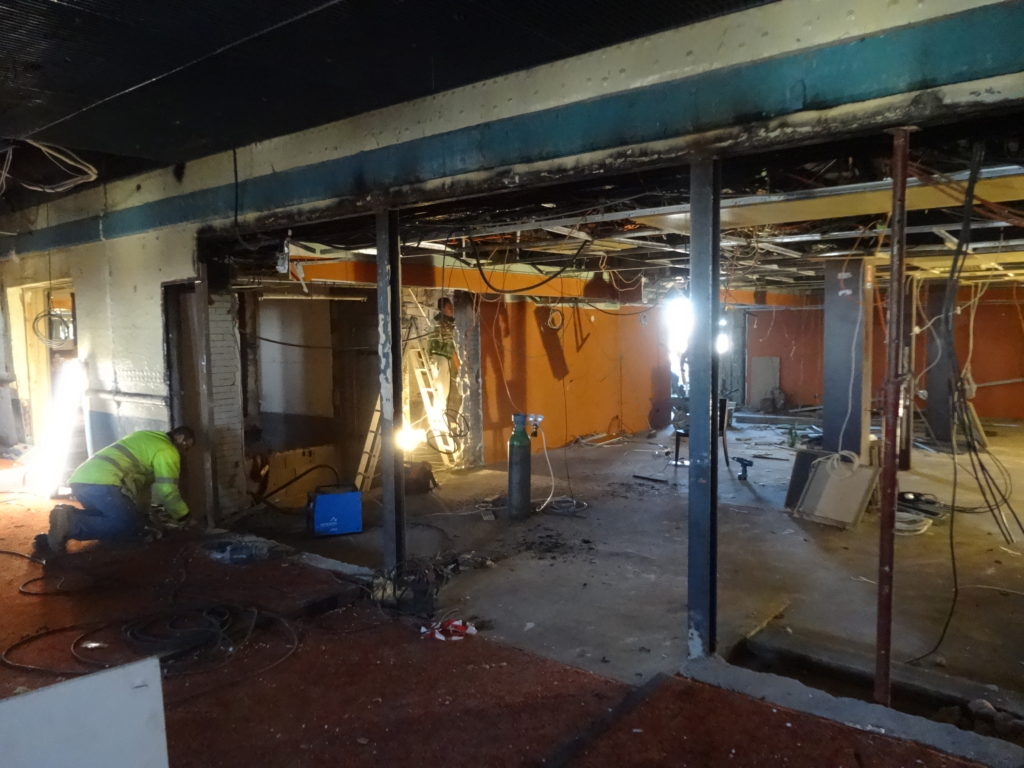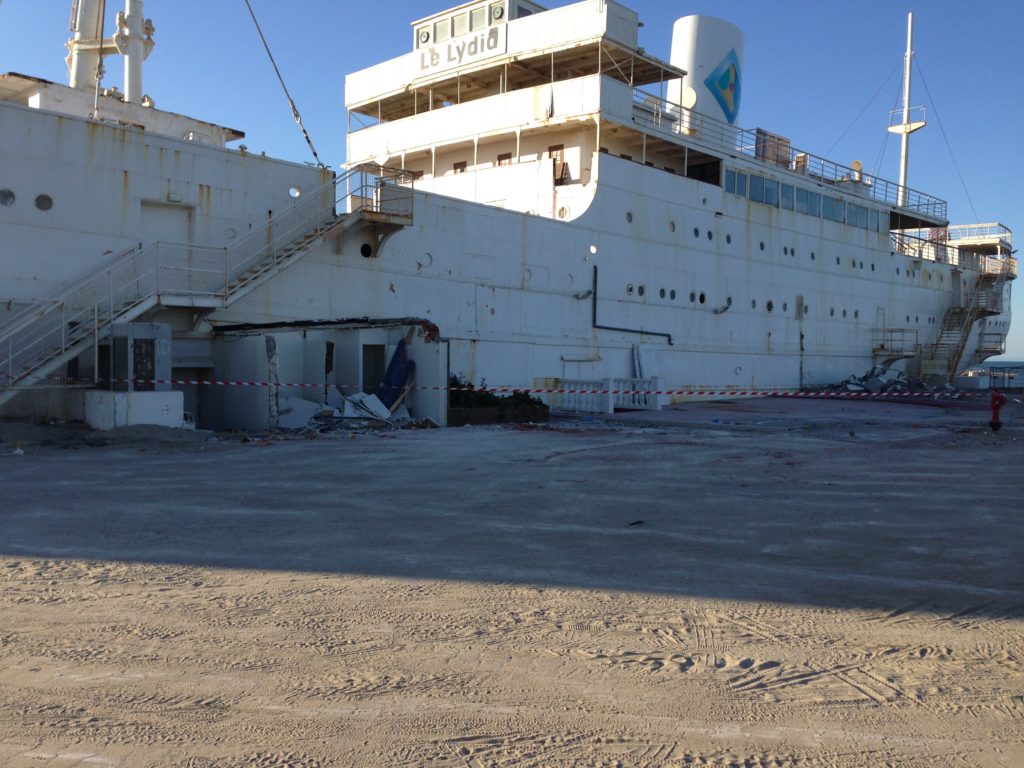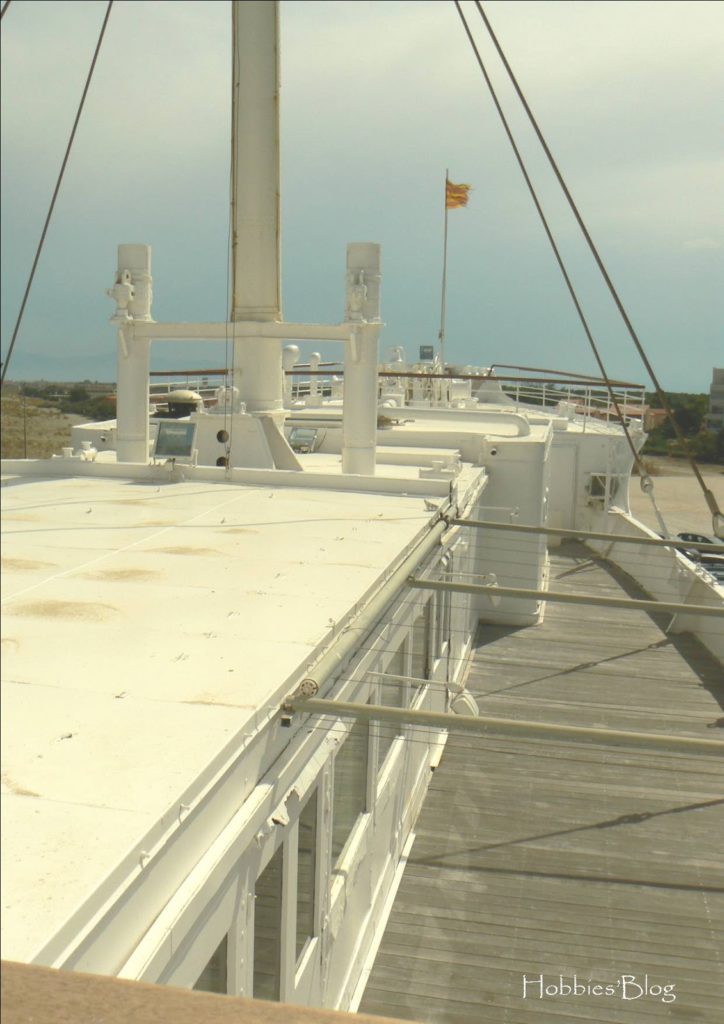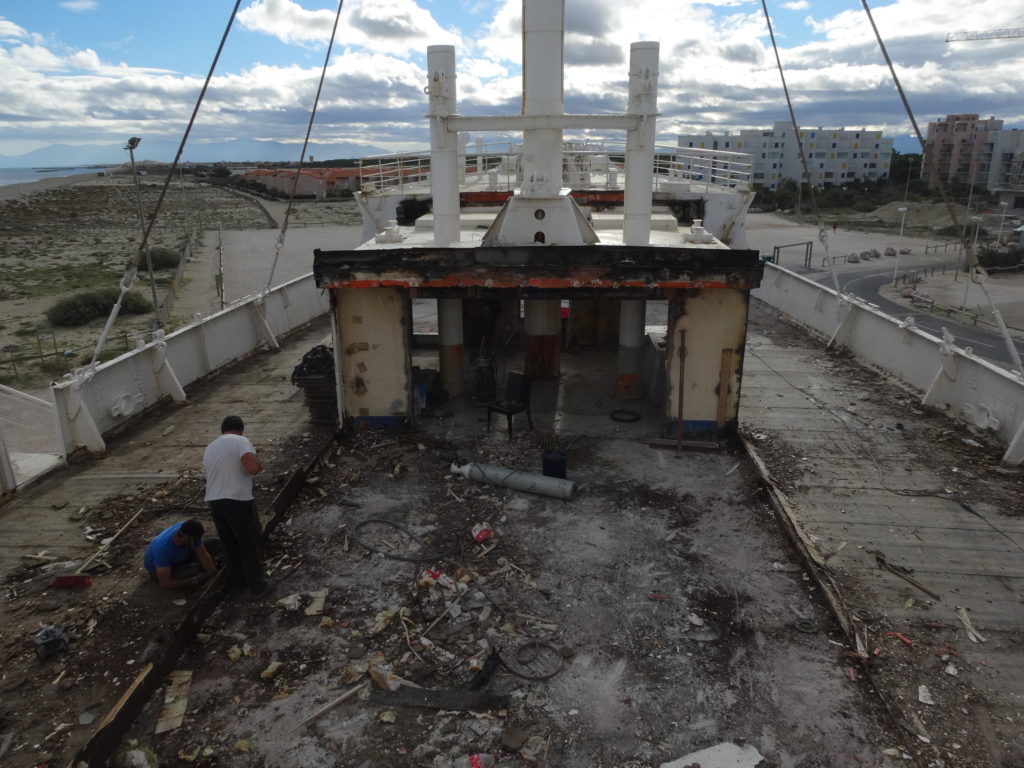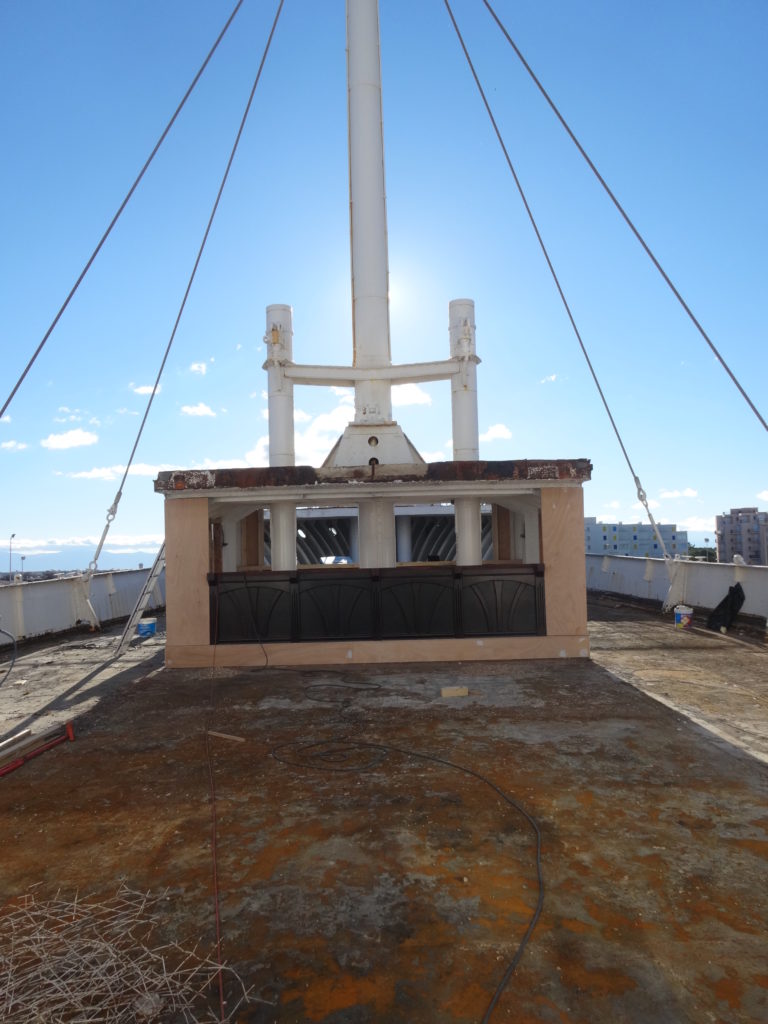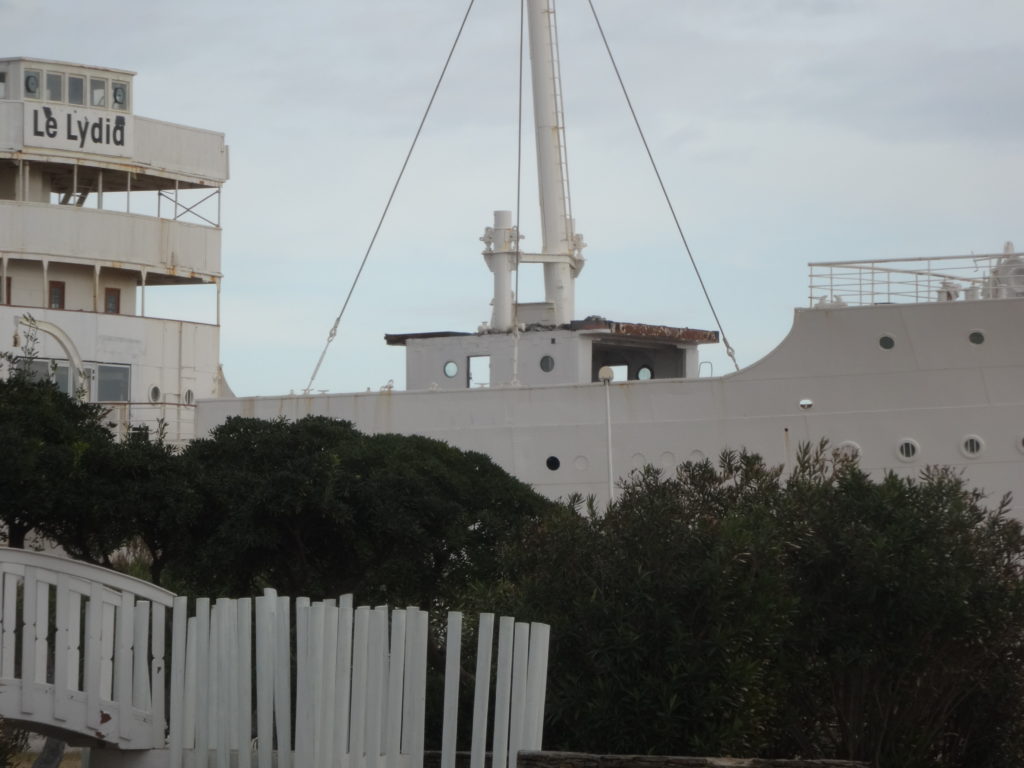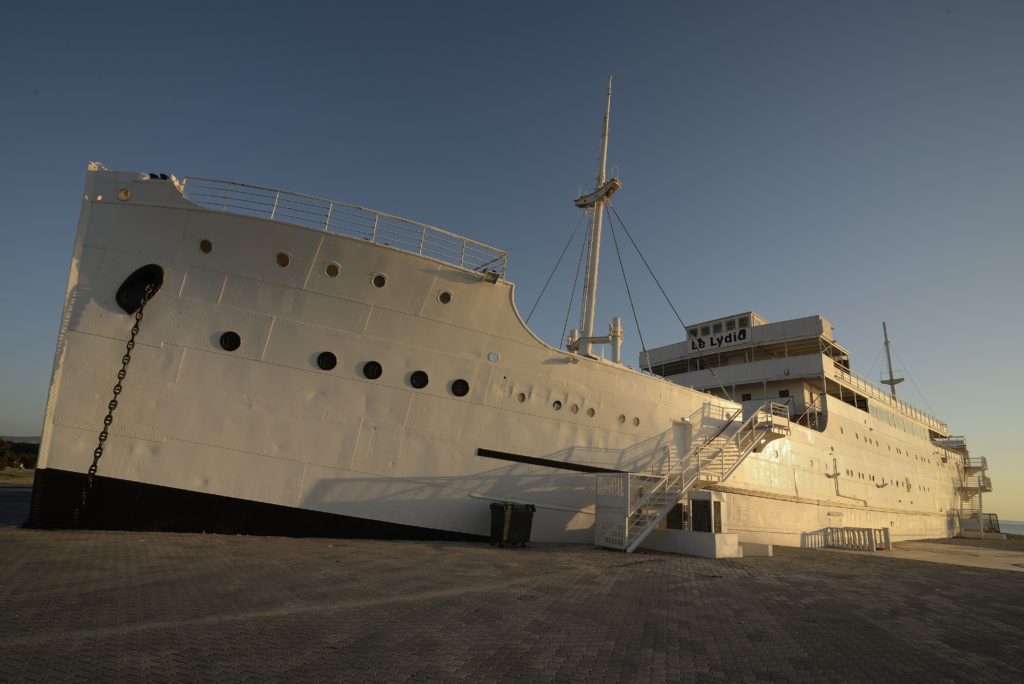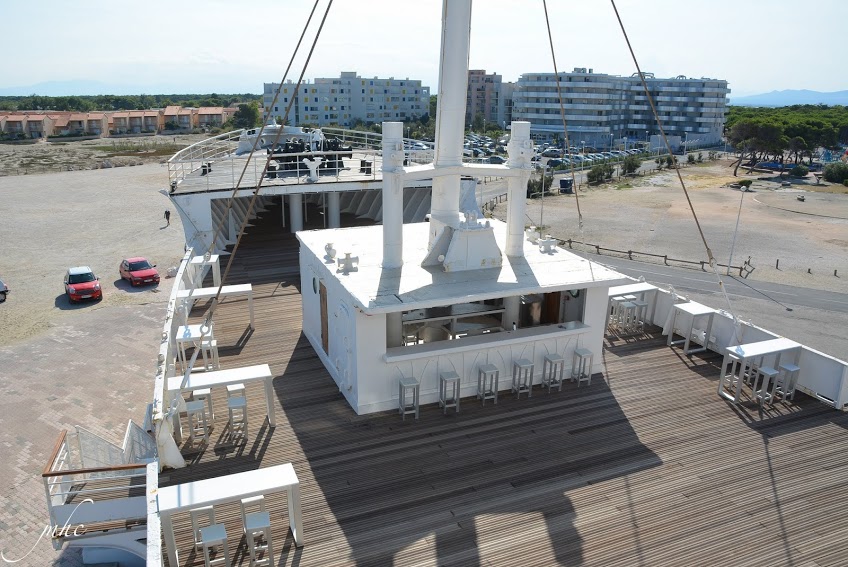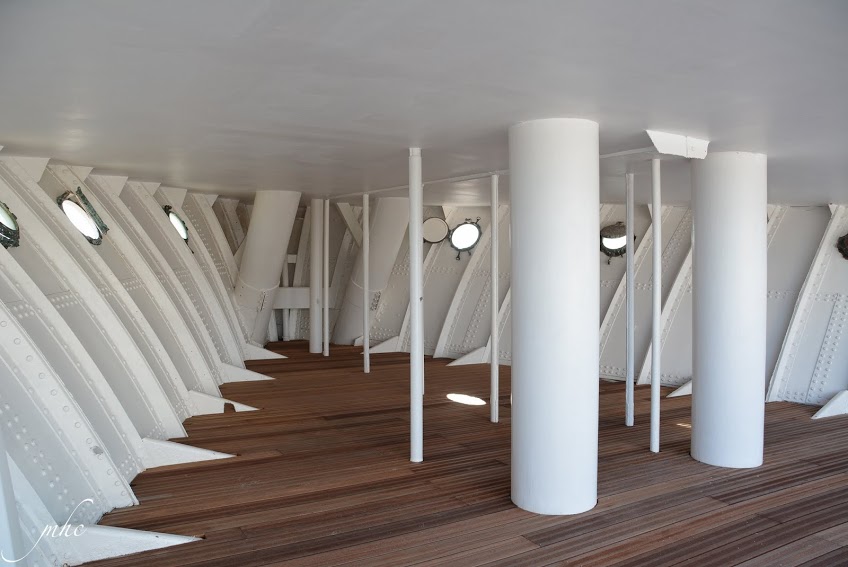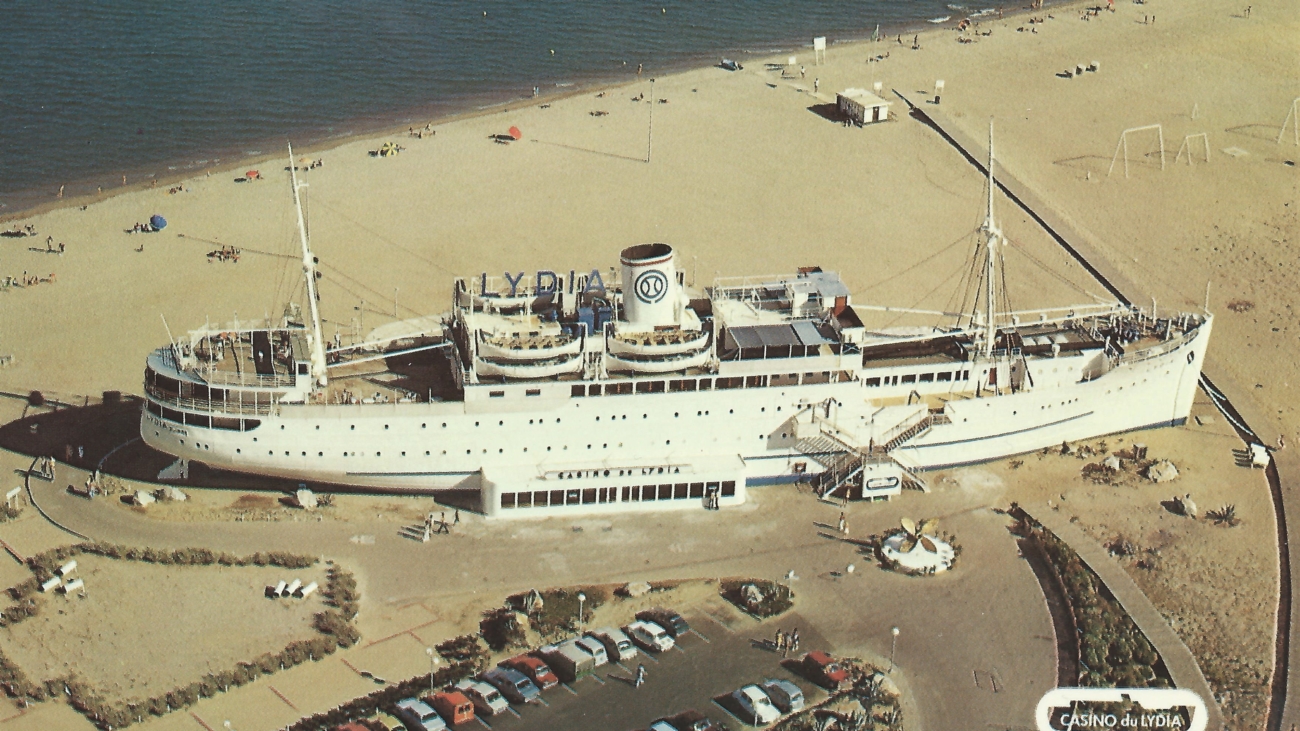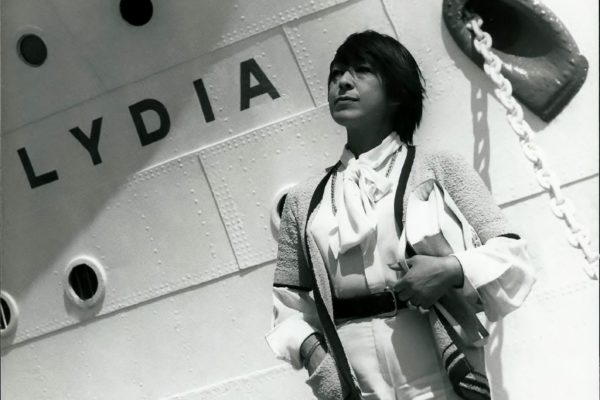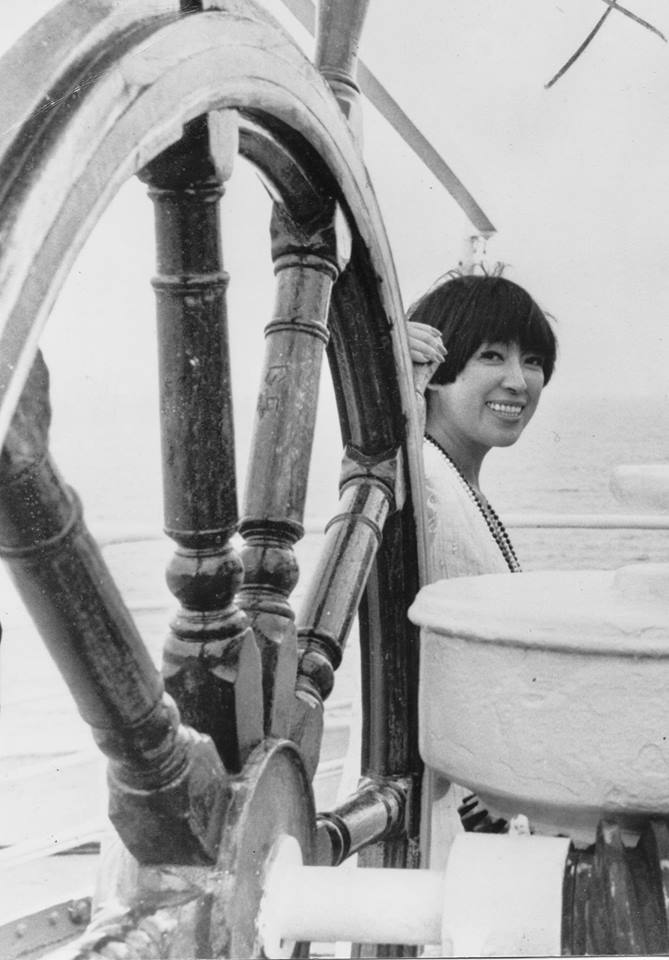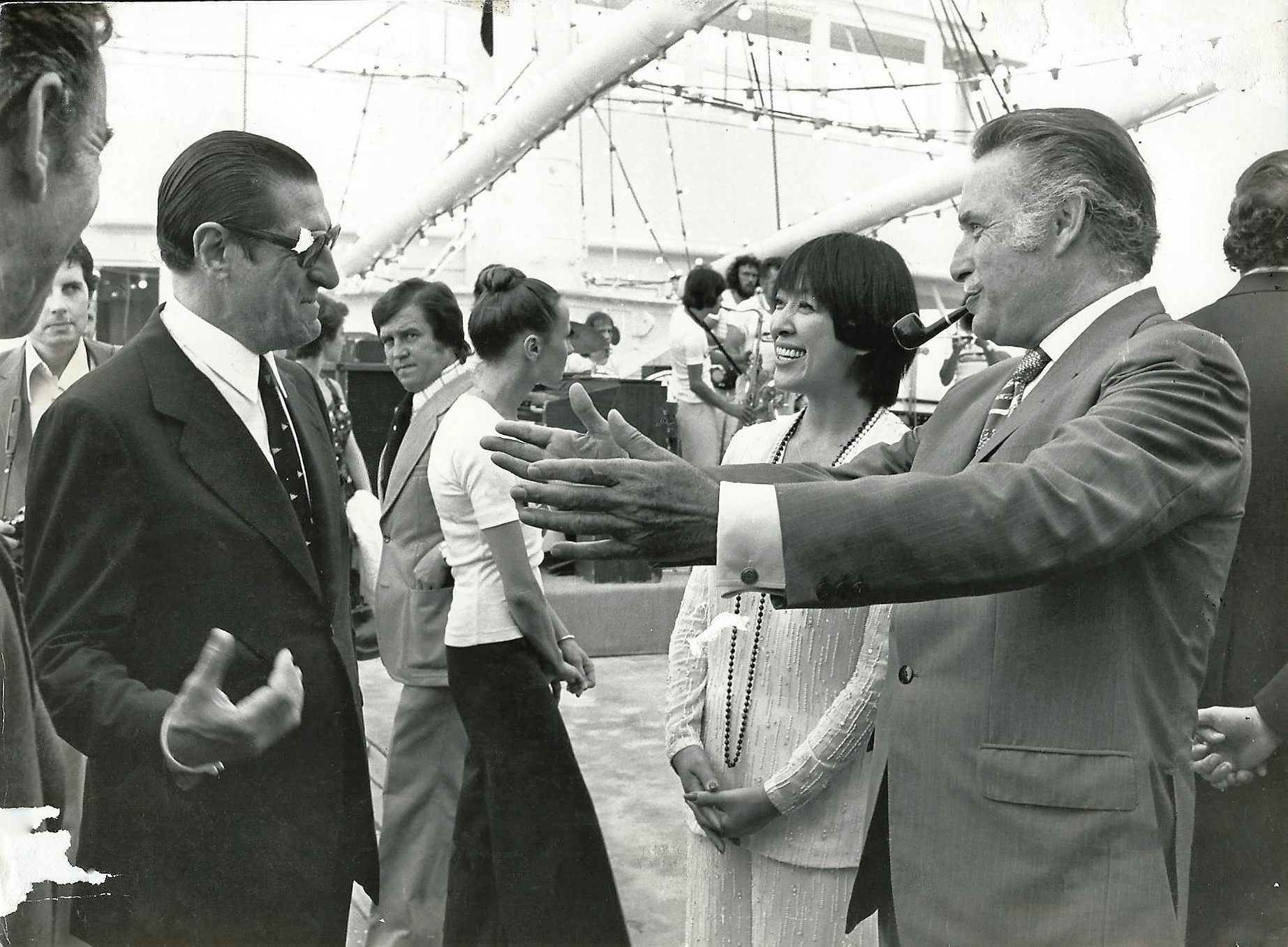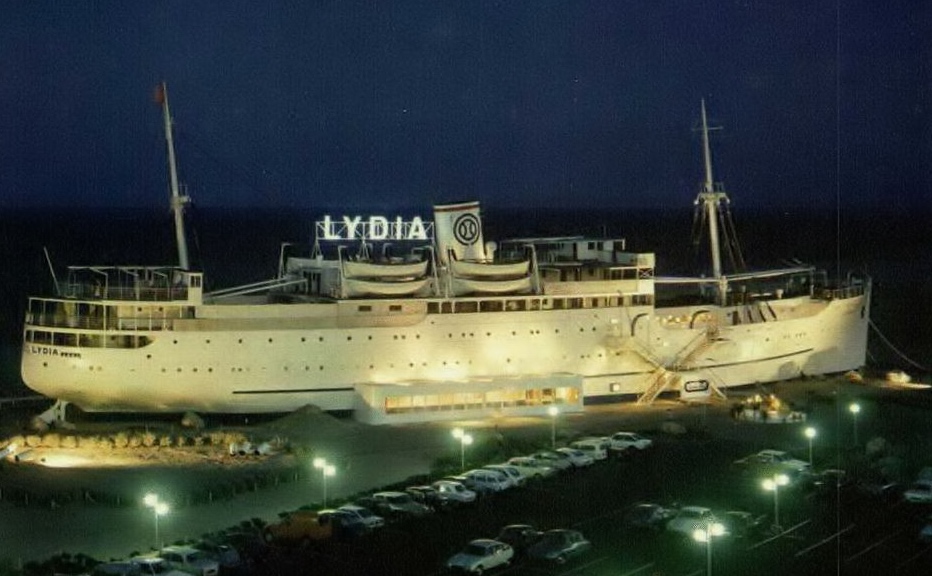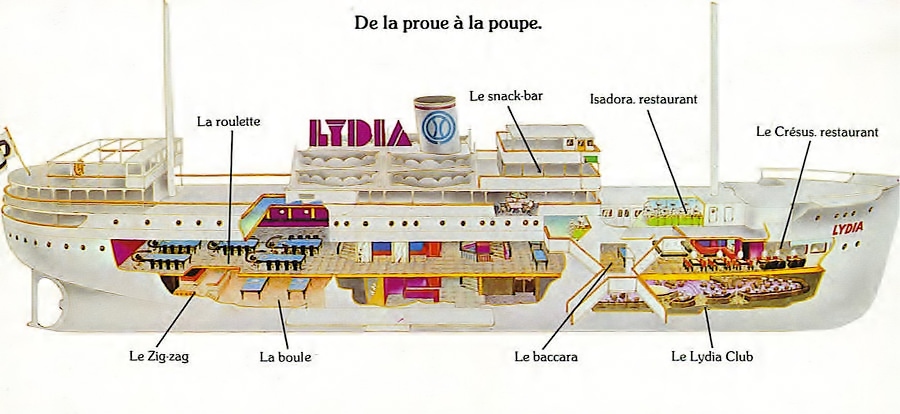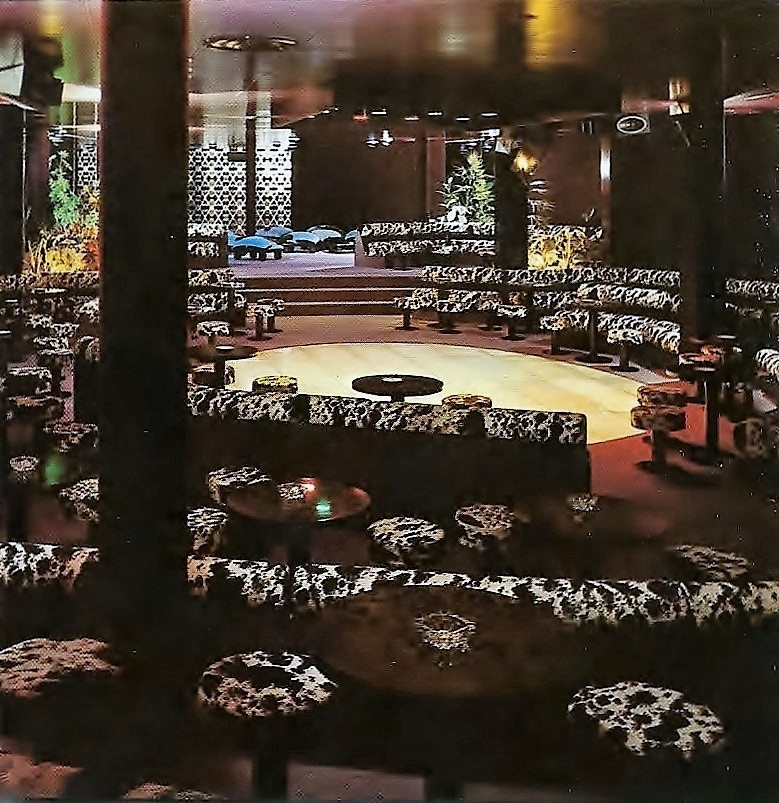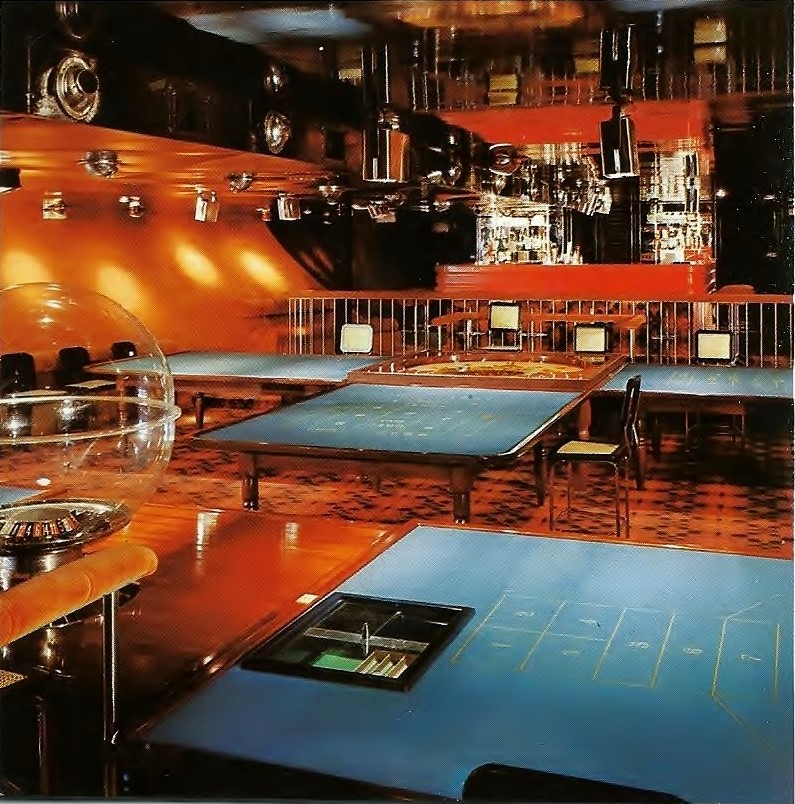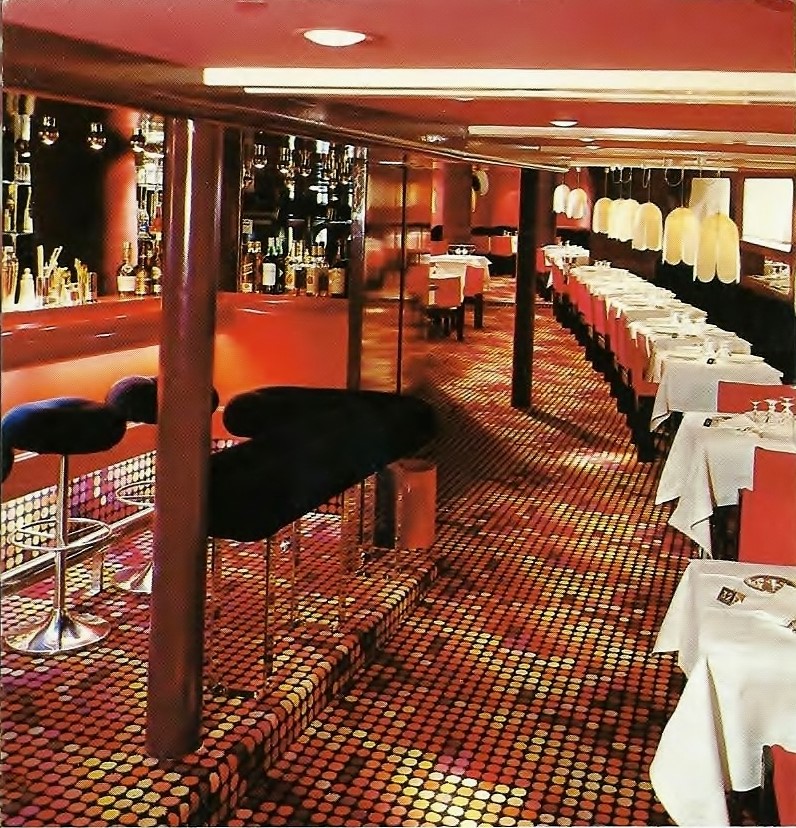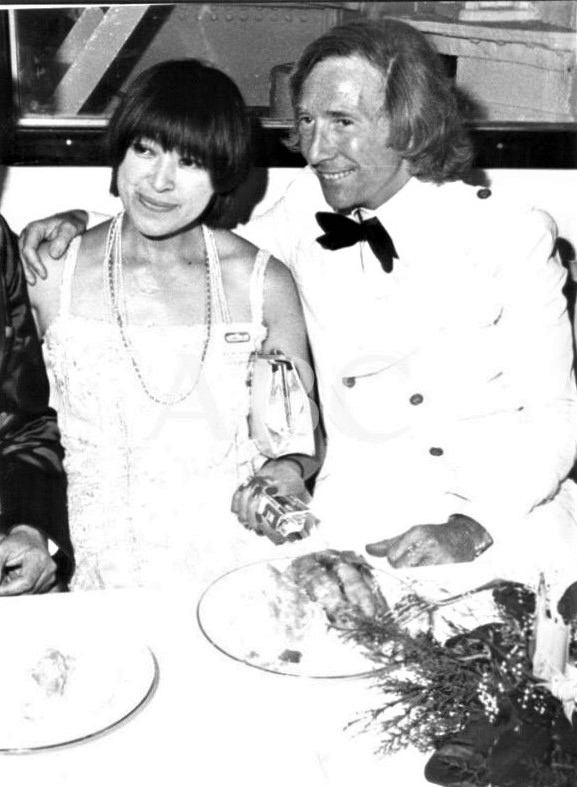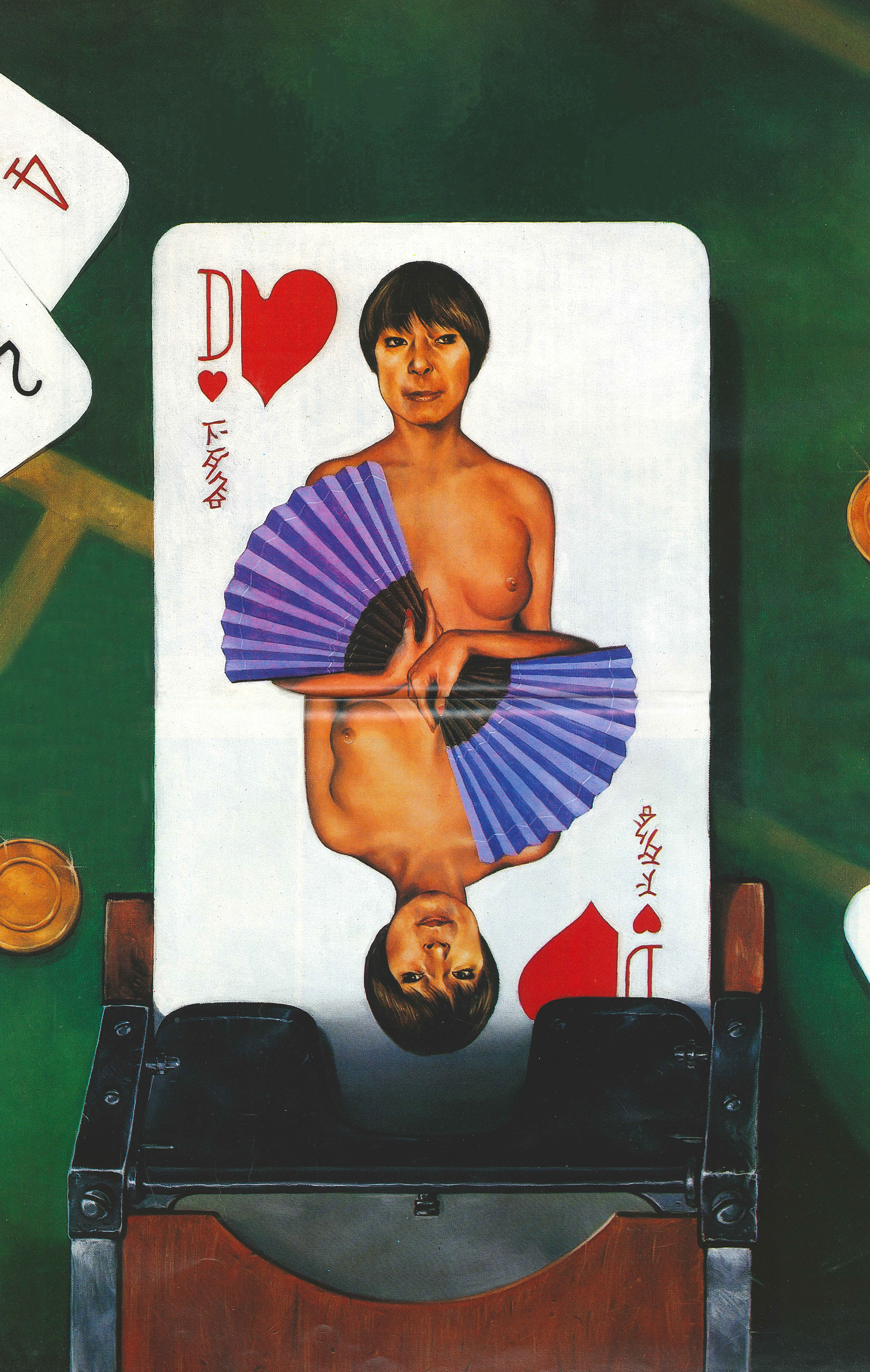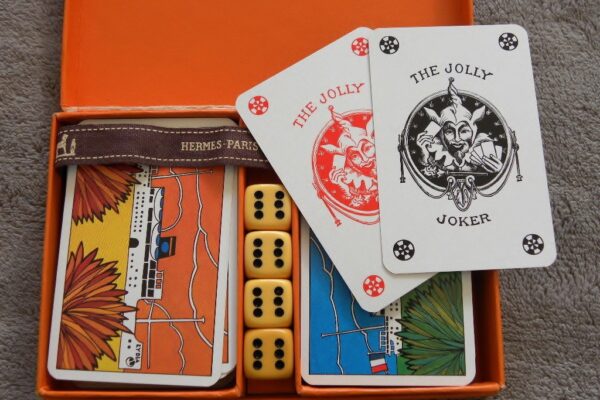Following the bankruptcy of the last of the casino operators, the “Sand Liner” is looking for a new future. “The ship that does not want to die”, was bought by the municipality of Barcarès in 2011.
A few years later major renovation work began. The liner will undergo several renovation campaigns from 2014.
First Year 2014/2015:
The Lydia is surrounded by buildings which make it ugly. The priority is the demolition of all these buildings to find the original design of the ship:

We take the opportunity to fill in the large openings that had been made in the hull …. On the sea side, the demolition of the “Patio” has also begun….
…Admit that it’s better there too! On the foredeck there is also change: The restaurant “Isadora” built in the 70s, and very degraded, is demolished:
The restaurant “Isadora” had been built during the Japanese era to house a restaurant in place of the old swimming pool from the 1960’s. Little by little the Lydia finds a silhouette conforming to the origin:
The steeldeck is cleaned:
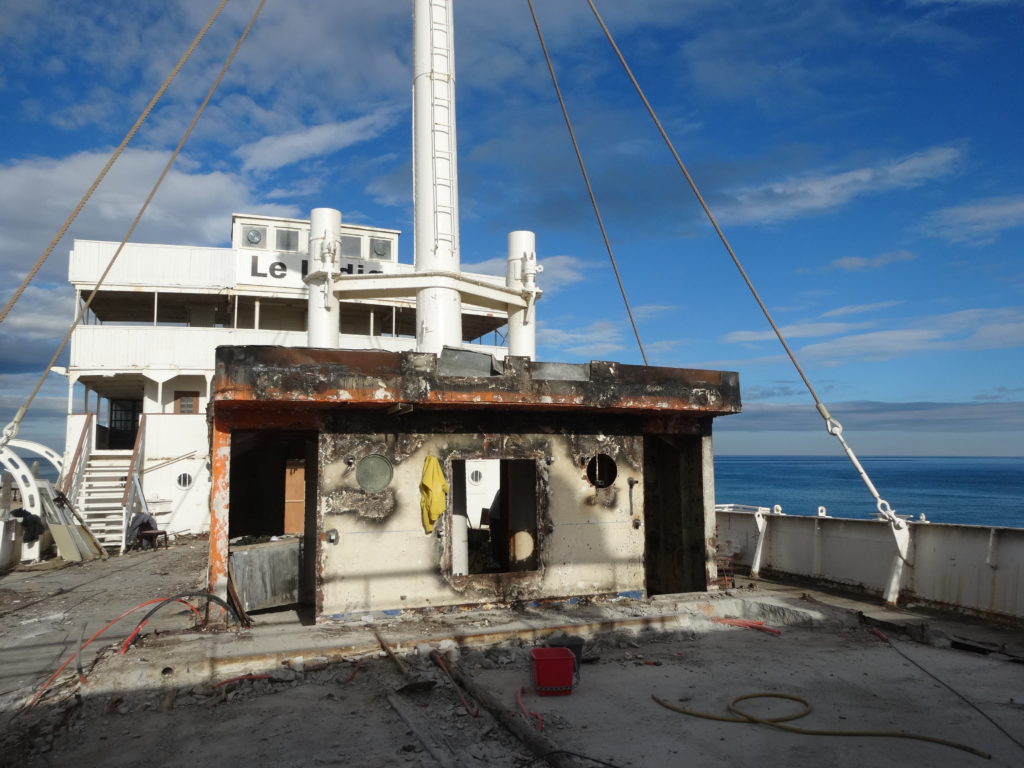
View from further :
The final result:
And this is only the beginning… The construction site continues today…
To be continued….
The second phase of work HERE
Olivier Alba
President of the AAML

